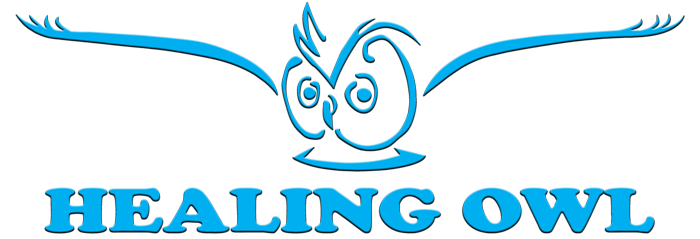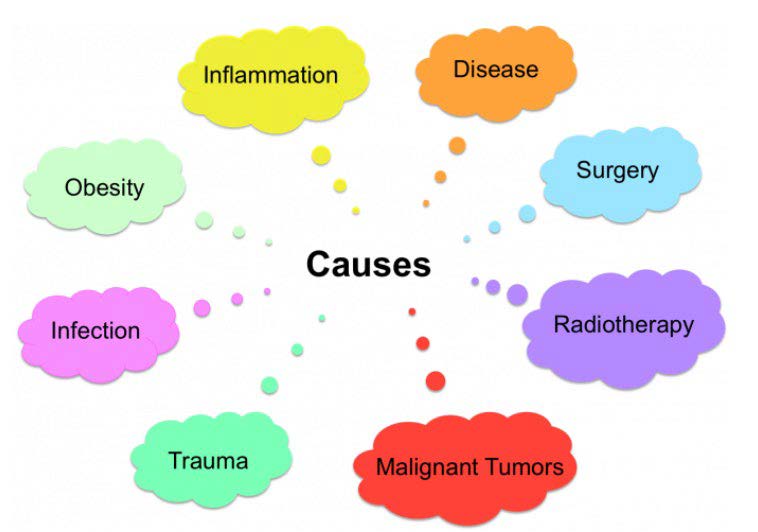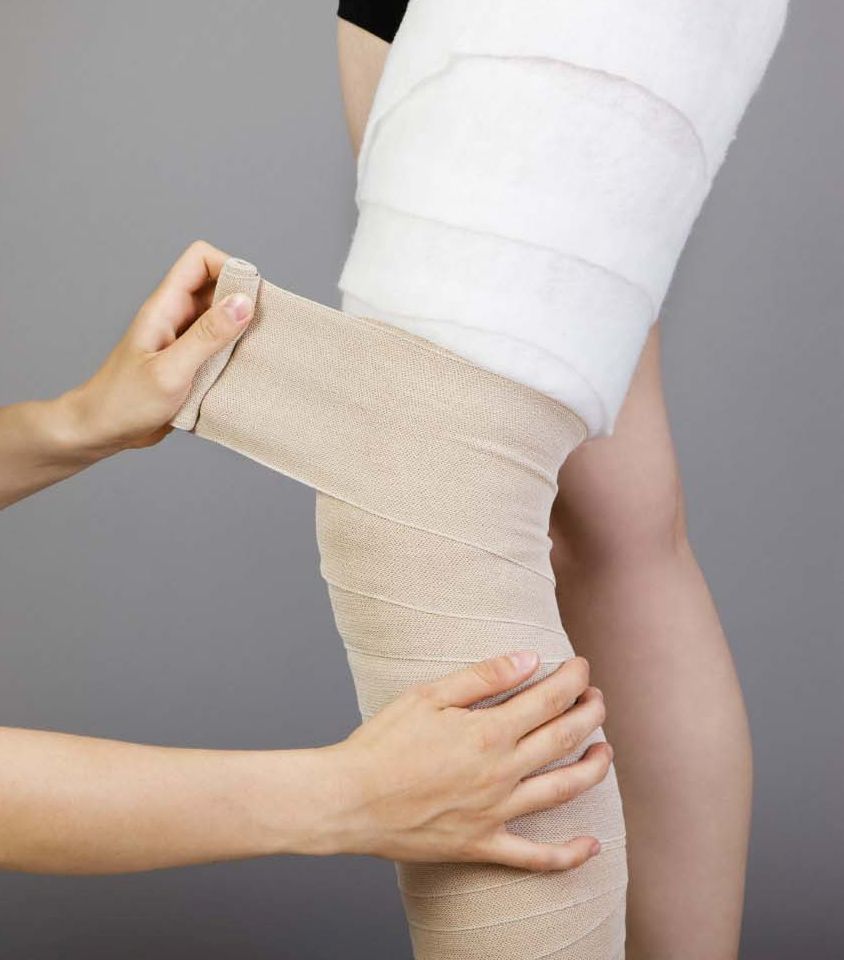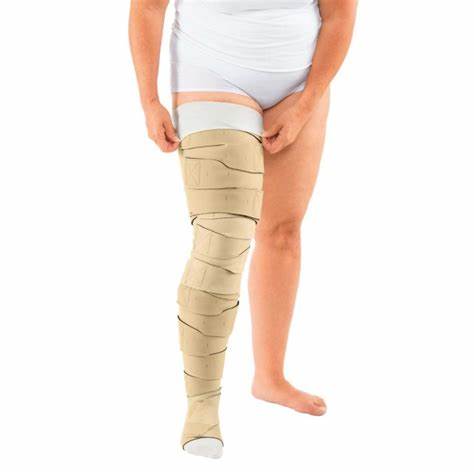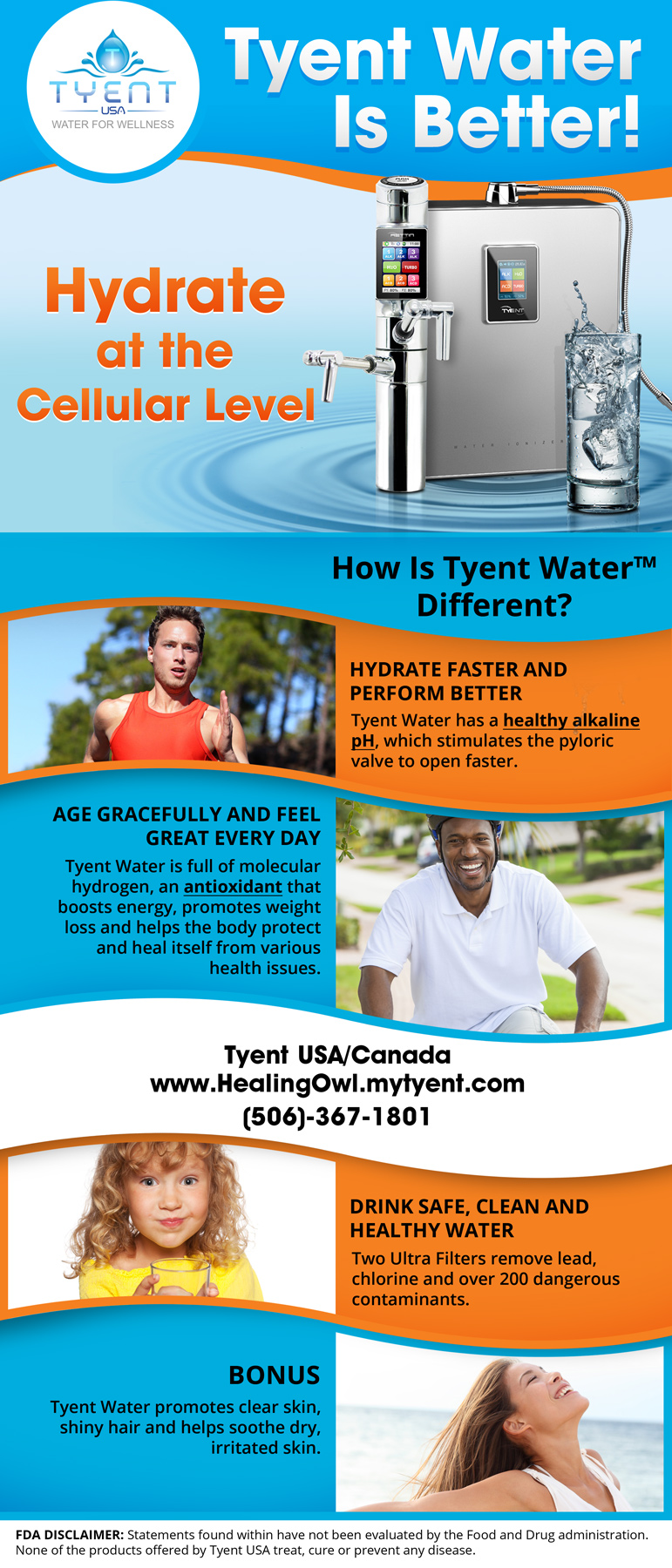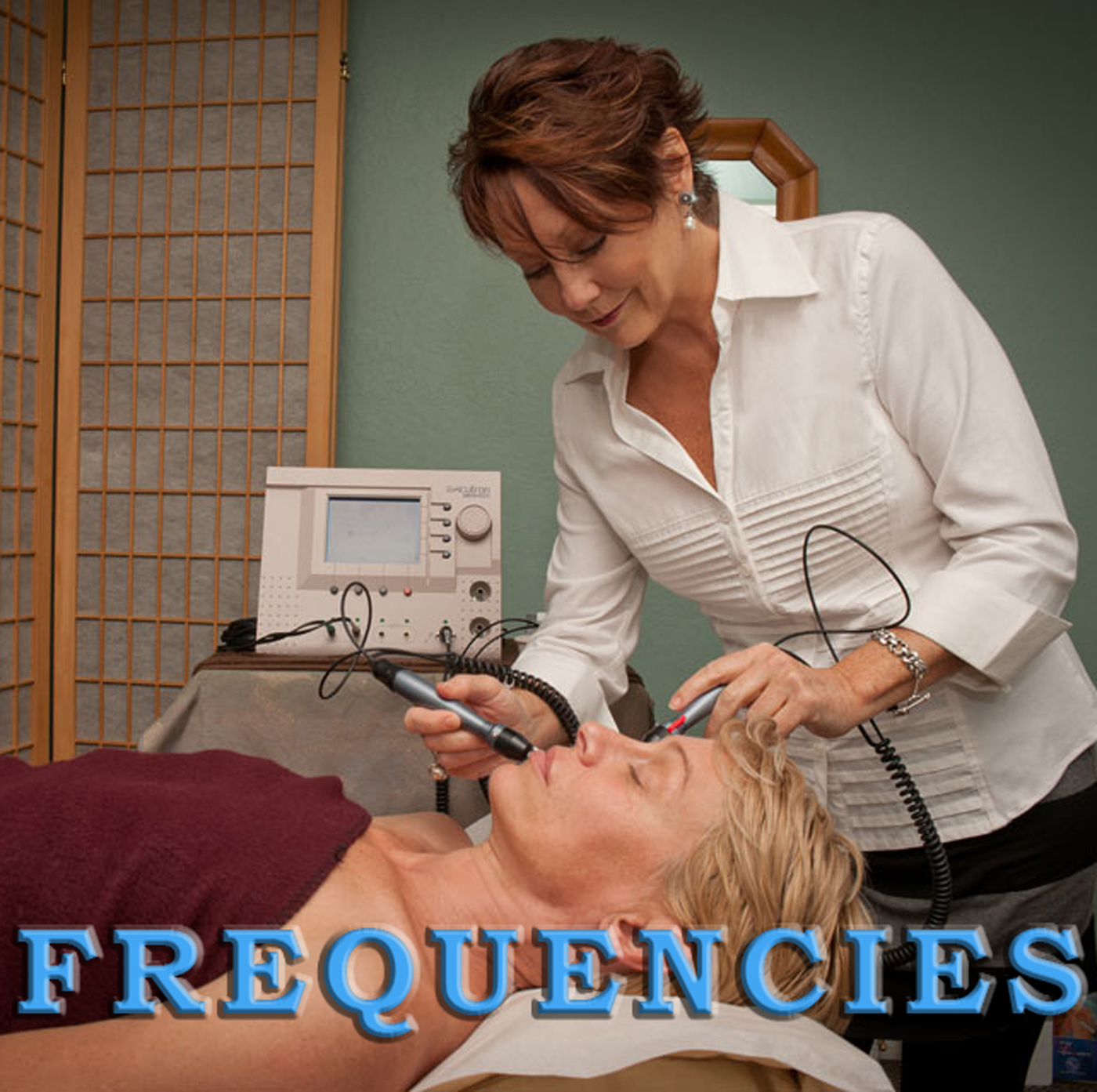CERTIFIED LYMPHATIC & WOUND THERAPIST (CLWT)
Phone: (506) 262-5402, Email: massage@HealingOwl.comLymphedema is the accumulation of lymph fluid in the body. Did you know that everything we put on our skin, ends up being filtered in the lymphatic system.
Your lymphatic system is responsible for fighting infection and disease by collecting and moving bacteria, viruses and waste that are found in your body. When extra fluid builds up, it creates swelling leading to a dysfunction in the body’s homeostasis.
Lymphedema can result from injury, surgery, cancer treatment or is sometimes a hereditary disorder. It is important to address Lymphedema as soon as possible, thereby preventing it from escalating.
All swelling and edema is lymphedema. Sometimes the body can deal with the added workload, but oftentimes it cannot.
Getting treatment can be an uphill battle as Lymphedema is often misdiagnosed by medical professionals. Early detection of Lymphedema and the correct treatment can help slow and even stop the disease progression.
Many breast cancer survivors can develop Lymphedema and even Cellulits, two to four years after treatment. The lymph nodes are removed and therefore the lymphatic system backs up. The main symptom of lymphedema after breast cancer treatment is swelling of the arm on the side where the lymph nodes have been removed. The amount of swelling may vary. Some people may have severe swelling with the affected arm being several inches larger than the other arm. Others will have a milder form with the affected arm being only slightly larger than the other arm.
After being hospitalised with cellulitis, some patients do receive the diagnosis of lymphedema, but the road to recovery is filled with obstacles due to a lack of therapists available, insufficient training and hospitals using inadequate compression bandanging systems.
Many wounds can be significantly healed using compression bandaging together with manual lymphatic therapy, exercises and patient education and support. There have been many studies showing that total knee replacement patients heal quicker with less pain when using a combination of Lymphatic Drainage and Compression Bandanging. Even venous ulcers have been shown to benefit from treatment.
Unfortunately, many patients are unable to afford treatment or are not informed of their treatment options and therefore have an unnecessary life sentence of feeling alone without the correct care.
Treatment Options: Bandages or compression sleeves can be wrapped around the affected area to provide pressure, to assist in moving the excess fluid, and ultimately reducing swelling, promoting drainage and improving the skin’s texture and appearance.
Studies have shown that wearing compression garments during exercise enhance the effectiveness.
Phase 1 (Intensive Therapy): Also known as the decongestion phase, this stage aims to reduce swelling and improve the condition of the skin. This stage includes the use of bandaging and compression garments, exercise/movement, self-care and Manual Lymphatic Drainage which helps to decrease and control the lymphedema. It typically lasts 2 to 4 weeks, but is dependent on the stage of Lymphedema. During this phase, wearing compression garments for up to 23 hours a day is recommended, as the goal is reduction and skin improvement.
Bandaging may be done with layered short-stretch bandages over the top of foam or other padding and a cotton stockinette to protect the skin, which needs to be re-assessed and bandaged every 1-2 days.
Phase 2 (Maintenance Therapy): This phase builds upon the success of the first phase. It begins immediately after phase 1 and focuses on maintaining progress by using compression garments. Delaying phase 2 can lead to swelling recurrence.
In Summary: Compression Decongestant Therapy helps manage lymphedema by addressing the fluid accumulation, promoting drainage, and improving the overall skin condition, which in turn, improves function and mobility. It’s a noninvasive approach that aims to enhance quality of life for individuals with lymphedema.
Our Mission: Our mission is to improve the well being of our clients and the community by delivering client and wellness centered health care. Providing clients with options and advocating for solutions allowing clients to have options and be in control of their health.
Our vision is to define and deliver alternative health practices of the highest order and set the standard for compassion and innovation.
Exercise Prescription: Our philosophy is to help our clients achieve the best possible outcome for maintenance of good health. We offer remedial exercises, balance, and fall prevention together with strengthening and stretching exercises in order to provide our clients with the ability to continue on their healing path and improve their quality of life.
A body in motion stays in motion: We believe that education empowers our clients to take control of their health and wellbeing. We help our clients understand how their health got to where it is, how we can help improve it and how they can continue improving their health over time.
Renew, rejuvenate, and revitalize your health today by making an appointment and making the first step in your healing journey.
DIFFERENT MASSAGES
SWEDISH MASSAGE
Swedish massage is the best-known and most popular type of massage therapy on which all other massage styles are based.
Swedish massage therapy involves mild, moderate or deeper strokes on the back, arms, legs, neck and other body parts to target tissues and muscles for maximal pain relief, stress release and relaxation.
Swedish massage helps promote healing while targeting pain, injuries, stress and stiffness using gliding, kneading, tapping, friction and light shaking—designed to ease back pain and help relaxation.
DEEP TISSUE MASSAGE
Deep tissue massage therapy takes Swedish massage one step further to address chronic pain and injury. This soothing, therapeutic, treatment releases toxins, eases chronic muscle tension and promotes relaxation.
A favourite amongst athletes and massage therapists, deep tissue massage helps release resistant knots, with a specialized and unique massage technique. It helps with chronic pain & injury and can enable better range of motion.
HOT STONE MASSAGE
Hot stone massage therapy is an age-old treatment with the addition of heat for a modern twist. Water-heated, smooth stones are placed strategically on the body on key points—with or without pressure—for the ultimate in relaxation and pain relief.
This treatment helps relieve tension, eases muscle stiffness, and increases circulation. How? Hot stone therapy promotes healing by targeting the deeper layers of muscle through the use of heated stones. Combined with regular massage, this treatment delivers a wealth of benefits, including:
Relief from chronic pain, including fibromyalgia, arthritis and multiple sclerosis (MS)
Reduced stress and tension
Better joint mobility and flexibility
Muscle pain and spasm relief
Improved circulation
Insomnia support
Warm and soothe your body with this specialized, unique massage. Whether you’re looking to help ease chronic muscle tension or just completely relax, hot stone massage is for you.
This therapeutic treatment focuses on damaged tissue and knots with its precise, deep tissue massage techniques. It uses appropriate pressure to promote the healing of scar tissue as well as relief from the pain of soft tissue injuries, chronic conditions, stress and tension.
Caution: Although there are many benefits to Hot Stone Massage there are some conditions that need consideration before treatment.
The most common contraindications are; pregnancy, any condition that impacts the immune system (such as Lupus, Cancer, Mononucleosis to name a few), any conditions that impact the skin such as severe bruises, burns, shingles and/or any condition that results in a loss of sensation (examples include diabetes, Neuropathy and Peripheral Vascular Disorder). If you have a specific condition that is not listed, please make sure to discuss it with Debby prior to treatment.
PRENATAL MASSAGE
Pregnancy brings with it an array of aches and pains, as well as extra strain on the muscles and joints of moms-to-be.
Enter prenatal (pregnancy) massage – and the relief that comes with it. Prenatal massage helps ease tension to help with relaxation and pain relief – while keeping mom and baby safe and comfortable.
Prenatal massage can help alleviate pregnancy back pain and increase blood circulation, which can provide more oxygen and nutrients to the baby.
SPORTS MASSAGE
Sports massage goes beyond promoting relaxation and pain relief.
It can help improve performance and prevent injury – in addition to helping the body recover from injuries associated with physical activity.
Sports can be repetitive, especially for runners, cyclists, racquet sports players and weightlifters. Sports massage helps release that muscle tension and promote tissue repair and muscle balance for a safer next workout.
DID YOU KNOW? You can customize your massage based on your sport/workout of choice.
TRIGGER POINT THERAPY
When an area of the body is tight and tense, it can cause referral pain in another area. That headache? It may actually be referral pain triggered by stiffness in your neck and shoulders.
Trigger point therapy uses massage and deep breathing to help alleviate tension and discomfort at the source.
CRANIOSACRAL
MYOFASCIAL RELEASE
CUPPING
BREAST MASSAGE
TUNING FORK THERAPY
CONCUSSION RECOVERY & PREVENTION
LYMPHATIC DRAINAGE
SCARWORK & ADHESIONS
TAPING
You may have seen athletes with strips of colorful tape splayed in patterns across shoulders, knees, backs, and abs. That’s kinesiology tape: a therapeutic tape that’s applied strategically to the body to provide support, lessen pain, reduce swelling, and improve performance.
Kinesiology tape is really stretchy with a blend of cotton and nylon. It’s designed to mimic the skin’s elasticity so you can use your full range of motion. The tape’s medical-grade adhesive is also water-resistant and strong enough to stay on for three to five days, even while you work out or take showers.
When the tape is applied to your body, it recoils slightly, gently lifting your skin. It helps to create a microscopic space between your skin and the tissues underneath it.
Your First Visit Expectations
If you’re new to massage, you’ll want to know exactly what to expect on your first visit to our clinic. We’ve broken it down for you, just so there are no surprises.
1 Your Arrival
It’s a good idea to come 10-15 minutes before your first appointment to carefully fill out your health history form. Want to save time? Print and complete the form before you arrive.
2 Getting Prepped
Debby will take you into one of our treatment rooms and discuss your health history form and massage preferences. Together you’ll discuss your assessment and treatment plan.
Deb will then leave the room to allow you to disrobe. You can receive an effective, therapeutic massage regardless of what clothing (if any) you choose to remove. Your comfort and ability to relax is our top priority.
Some people prefer to take off their clothing, leaving on their underwear while some leave their clothing on. The choice is yours. If you choose to be fully clothed, please wear loose fitting clothing (like shorts and a t-shirt) so that your body will not be restricted during your treatment. Cover yourself with the linens provided and wait for Debby to knock on the door.
3 Let the Treatment Begin
The Healing Owl experience
You’ll stay under the fresh linens on the massage table throughout the treatment. Debby is trained to ensure the sheet on the massage table always drapes you and protects your privacy. Only the body part being worked on will be uncovered.
Debby will regularly ask whether the pressure is okay. Please feel free to communicate with Debby about pressure at any time, as well as about draping or any pain you might be feeling throughout the massage. You can choose complete quiet, or relaxing conversation or whether to have calming music played, or not.
Debby will let you know when the massage is complete and will leave the room while you get dressed. When you’re ready, open the door to signal her to come back. She’ll then provide you water, self-care advice/follow up and your recommended treatment plan.
Please feel free to ask Debby any questions you may have at this point.
